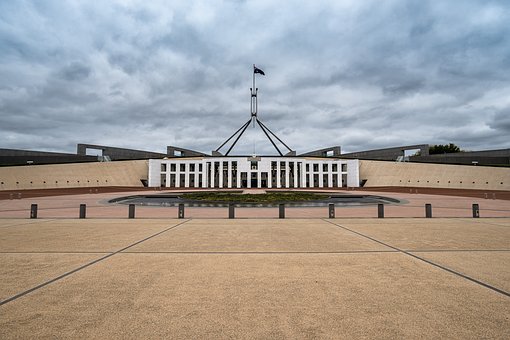Generative artificial intelligence (AI) tools are supercharging the problem of misinformation, disinformation and fake news. OpenAI’s ChatGPT, Google’s Gemini, and various image, voice and video generators have made it easier than ever to produce content, while making it harder to tell what is factual or real.
Authors
Stan Karanasios
Associate Professor, The University of Queensland
Marten Risius
Senior Lecturer in Business Information Systems, The University of Queensland
Malicious actors looking to spread disinformation can use AI tools to largely automate the generation of .
This raises pressing questions: how much of the content we consume online is true and how can we determine its authenticity? And can anyone stop this?
It’s not an idle concern. Organisations seeking to covertly influence public opinion or sway elections can now with AI to unprecedented levels. And their content is being widely disseminated by search engines and social media.
Fakes everywhere
Earlier this year, on search engine content quality noted “a trend toward simplified, repetitive and potentially AI-generated content” on Google, Bing and DuckDuckGo.
Traditionally, readers of news media could rely on editorial control to uphold journalistic standards and verify facts. But AI is rapidly changing this space.
In a report published this week, the internet trust organisation NewsGuard that publish AI-generated news and information “with little to no human oversight”.
Last month, Google for a select group of independent publishers in the United States. Using generative AI, the publisher can summarise articles pulled from a list of external websites that produce news and content relevant to their audience. As a condition of the trial, the users have to publish three such articles per day.
Platforms hosting content and developing generative AI blur the traditional lines that enable trust in online content.
Can the government step in?
Australia has already seen tussles between government and online platforms over the display and moderation of news and content.
In 2019, the Australian government to mandate the swift removal of “abhorrent violent material” by social media platforms.
The Australian Competition and Consumer Commission’s (ACCC) inquiry into power imbalances between Australian news media and digital platforms led to the 2021 implementation of that forced platforms to pay media for their news content.
While these might be considered partial successes, they also demonstrate the scale of the problem and the difficulty of taking action.
indicates these conflicts saw online platforms initially open to changes and later resisting them, while the Australian government oscillated from enforcing mandatory measures to preferring voluntary actions.
Ultimately, the government realised that relying on platforms’ “trust us” promises wouldn’t lead to the desired outcomes.
The takeaway from our study is that once digital products become integral to millions of businesses and everyday lives, they serve as a tool for platforms, AI companies and big tech to anticipate and push back against government.
With this in mind, it is right to be sceptical of early calls for regulation of generative AI by tech leaders like and Sam Altman. Such calls have faded as AI takes a hold on our lives and online content.
A challenge lies in the sheer speed of change, which is so swift that safeguards to mitigate the potential risks to society are not yet established. Accordingly, the World Economic Forum’s 2024 Global Risk Report has predicted mis- and disinformation as the in the next two years.
The problem gets worse through generative AI’s ability to create multimedia content. Based on current trends, we can expect an increase in , although social media platforms like Facebook are responding to these issues. They aim to AI-generated photos, video and audio.
What can we do?
Australia’s eSafety commissioner the potential harm caused by generative AI while balancing its potential opportunities.
A key idea is “safety by design”, which requires tech firms to place these safety considerations at the core of their products.
Other countries like the US are further ahead with the regulation of AI. For example, US President Joe Biden’s recent executive order requires companies to share safety test results with the government, regulates (simulated hacking attacks), and guides watermarking on content.
We call for three steps to help protect against the risks of generative AI in combination with disinformation.
1. Regulation needs without allowing for nebulous “best effort” aims or “trust us” approaches.
2. To protect against large-scale disinformation operations, we need to teach media literacy in the same way we teach maths.
3. Safety tech or “safety by design” needs to become a non-negotiable part of every product development strategy.
People are aware AI-generated content is on the rise. In theory, they should adjust their information habits accordingly. However, research shows users their own risk of believing fake news compared to the perceived risk for others.
Finding trustworthy content shouldn’t involve sifting through AI-generated content to make sense of what is factual.
![]()
Stan Karanasios receives funding from Emergency Management Victoria, Asia-Pacific Telecommunity, and the International Telecommunications Union.
Stan is a Distinguished Member of the Association for Information Systems.
Marten Risius is the recipient of an Australian Research Council Australian Discovery Early Career Award (project number DE220101597) funded by the Australian Government.








